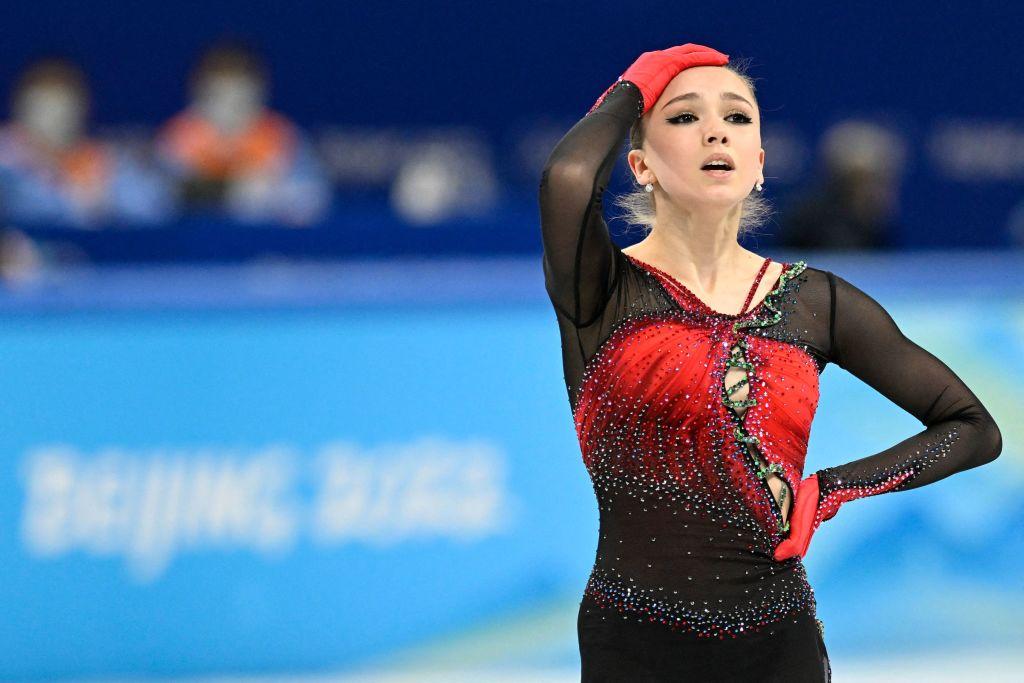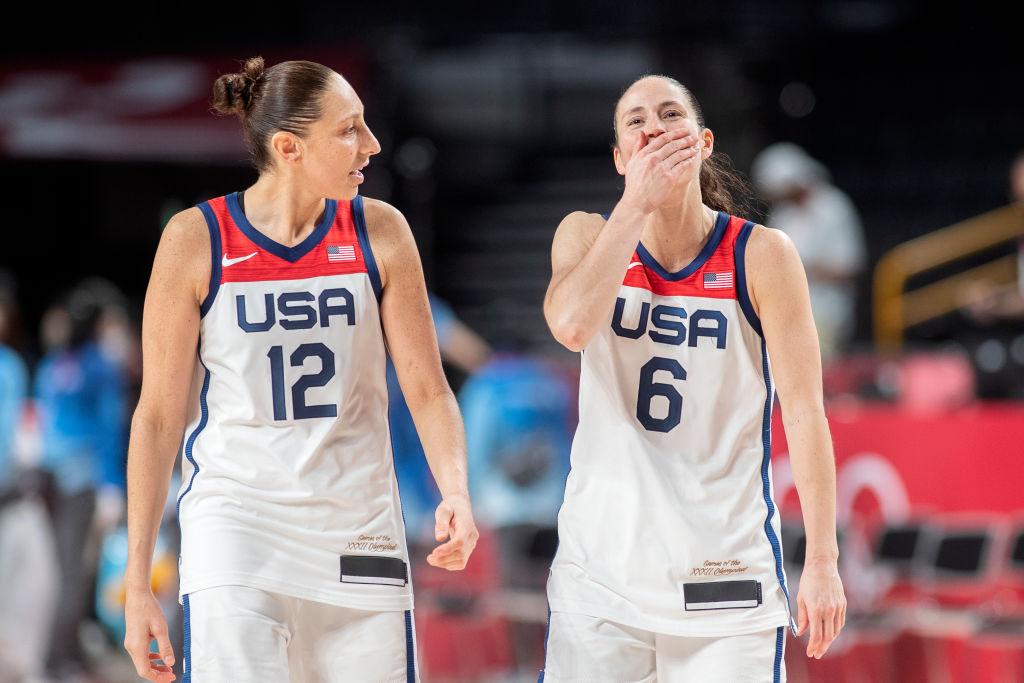Global Sport Matters July digital issue focuses on the influence of sports media and its impact on players and fans

How Doping Coverage Explains Sports Journalism in the United States and Russia
By Sada Reed, PhD
Sada Reed examines how the coverage of doping scandals are reported by both American and Russian sports journalists and how they portray athletes when they have denied the use of performance-enhancing drugs. Reed looks at how American and Russian journalists covered doping scandals of their own athletes from the same country and athletes hailing from the opposite country. Writing about a recently published research study, Reed highlights how journalists can shape beliefs based off their words and framing techniques which can negatively reinforce tropes on how and why athletes use performance-enhancing drugs.

Without Numbers, You Can’t Tell the Story: Understanding the Gender Stats Gap in Sports
By David Berri
Data and statistics are important in how sports fan consume content from their favorite sports teams and leagues. David Berri begins with a story of a friendly debate between Sue Bird and Diana Taurasi which was supposed to be informed by stats. However, due to the lack of publicly available stats of the WNBA, the two were unable to finish their debate on who had the most drawn charges. Within this article, Berri breaks down the stark differences in tracked stats between men's and women's sports and why this "stats gap" exists. Berri then goes on to emphasize the importance of tracked stats for women's sport as it can lead to more informed coverage, which can educate fans and improve the product of women's sports overall.

Fighting for a Voice: Why Black Reporters Covering Black Athletes Makes for Better Journalism
By Shalise Manza Young
In this story, sports columnist and professor Shalise Manza Young examines American sports media and how it currently doesn't represent the demographics of U.S. sports leagues that are largely comprised of Black athletes. With sports media being dominated by White male voices, there can be a huge vacuum of similar perspectives and viewpoints, and as a result, Black athletes' stories can sometimes be lost in translation or misinterpreted by fans or reporters. Young calls attention to how having more Black reporters within sports media can aid in bringing more relatable perspectives that can better tell and understand the stories of Black athletes.

Coverage of Gendered Violence in Sport Improves Through Diversity, Investment and Education
By Jessica Luther
Writer and investigative journalist Jessica Luther breaks down the representation of women in sport and how the Institute for Diversity and Ethics in Sport’s (TIDES) has reported slight improvements with positions in sports journalism. Considering sports media is largely male, Luther shares the importance of having more women in sports media and why the industry truly needs these different voices and perspectives to report accurately and empathetically on gendered violence in sport. Luther explains that to continue improving coverage of gendered violence in sport, media outlets will need to further educate on and invest in this work while also ensuring diverse hiring practices.